We have had a warm March to date here (latitude N34 22’52”), 50 miles north of Atlanta, with several days breaking 80 F.
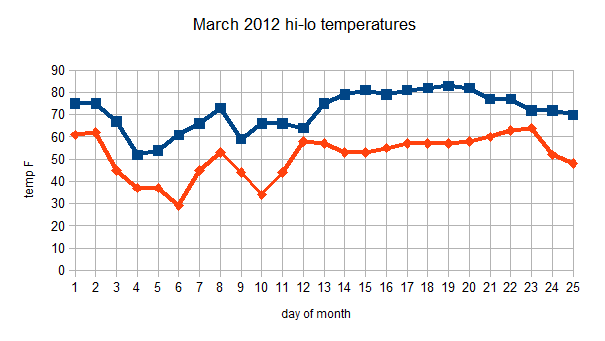 Not surprisingly, there is a lot of growing activity.
Not surprisingly, there is a lot of growing activity.
My Kiowa blackberry has begun to flower and the American elderberry I bought last year, which looked anemic throughout the year, is leafing strongly.
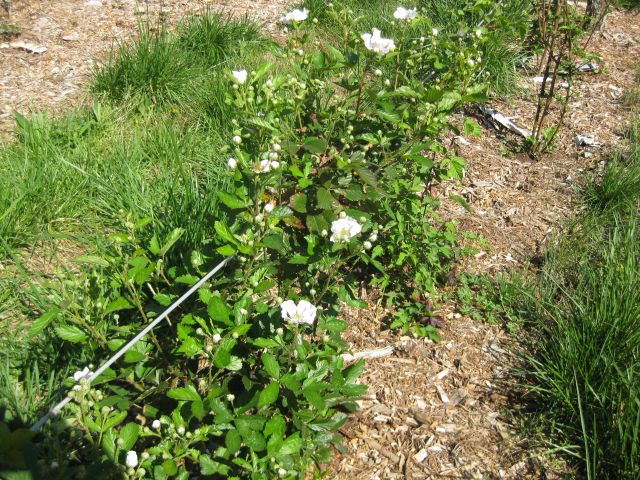
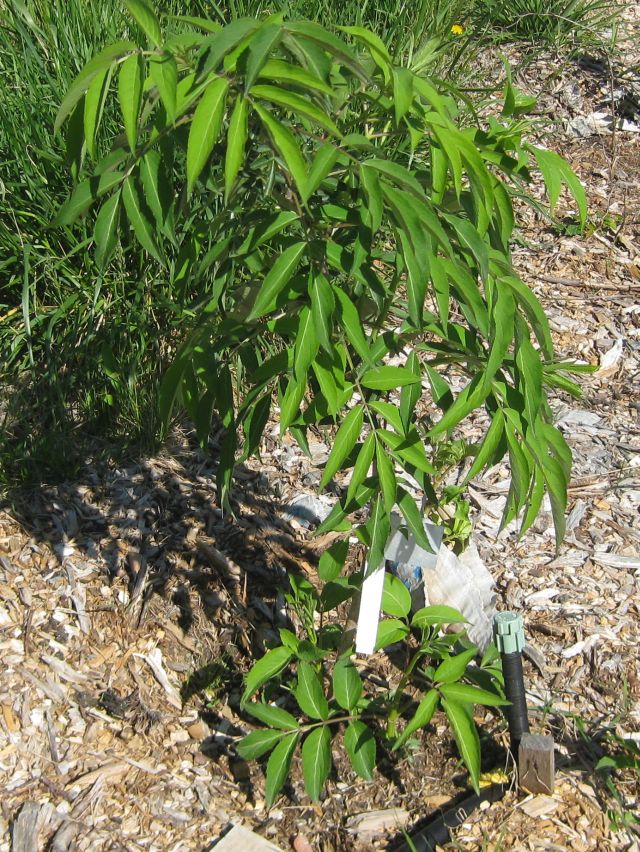
Some of the blueberries are in flower – most of my blueberries are rabbiteyes, which have a lower chill requirement than the highbush variety. I do have a southern highbush, which is in flower, and the bumblebee is busy with a Baldwin rabbiteye.
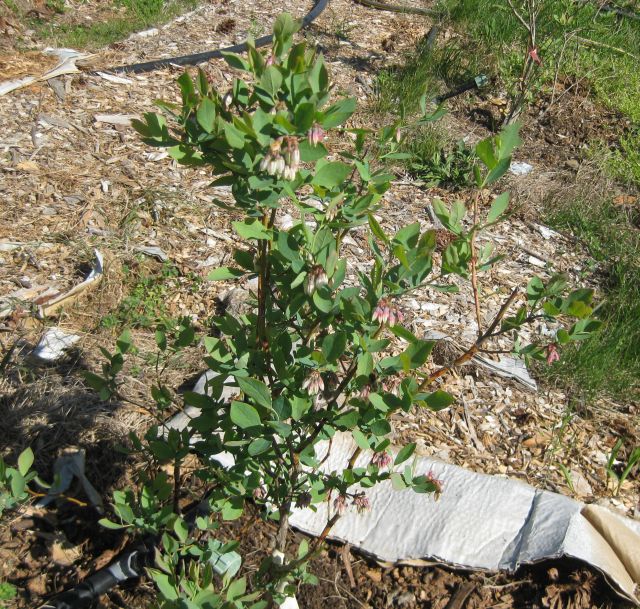
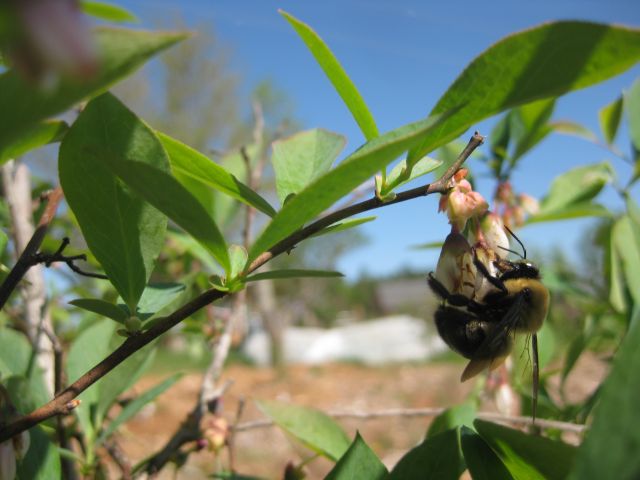
Since our last frost date is mid-April I was concerned that my pears, which blossom early could be frost killed, which happened last year. However, most of my pears have already fruited and the apples are now in flower.
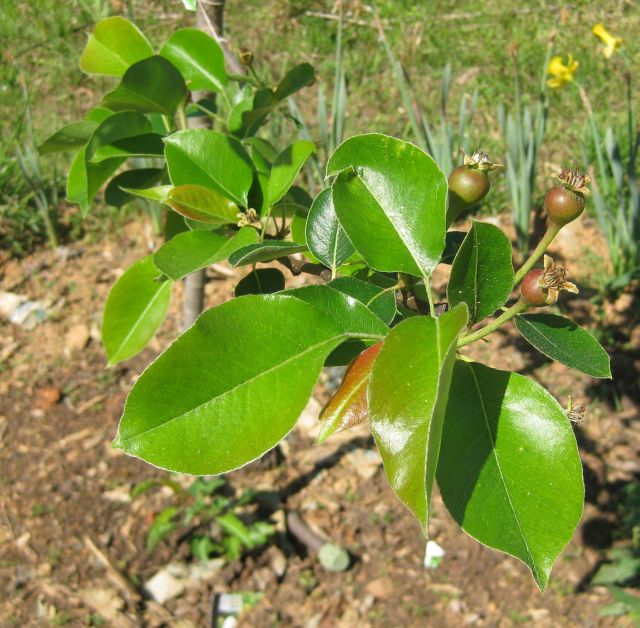
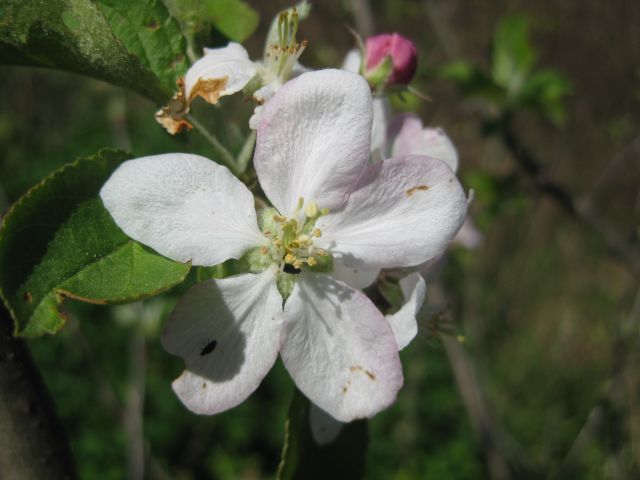
The crimson clover is beginning to flower and, once the bees have had their share and it has seeded, I will level it and the winter rye, which is providing a great scaffold for it.
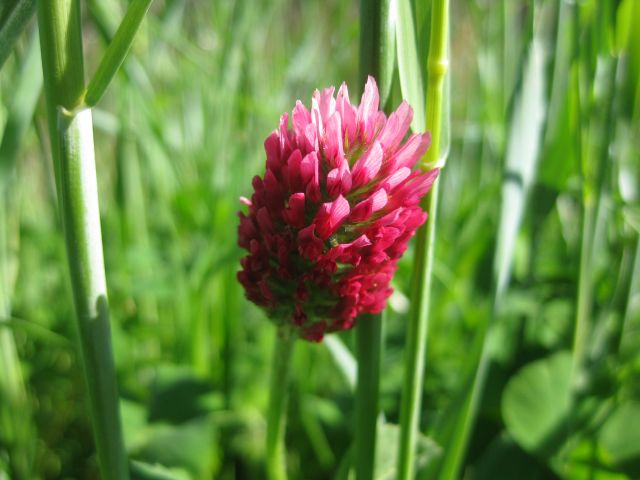
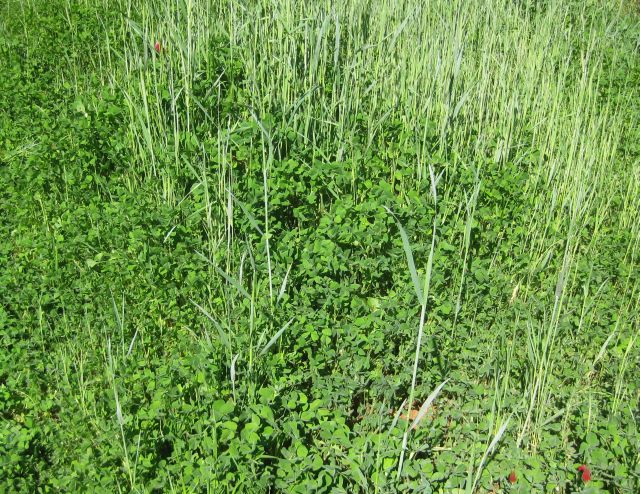
My garlic made it through the winter and is looking good. Less welcome is pokeweed which spreads easily and has a thick long taproot which is difficult to dig out.
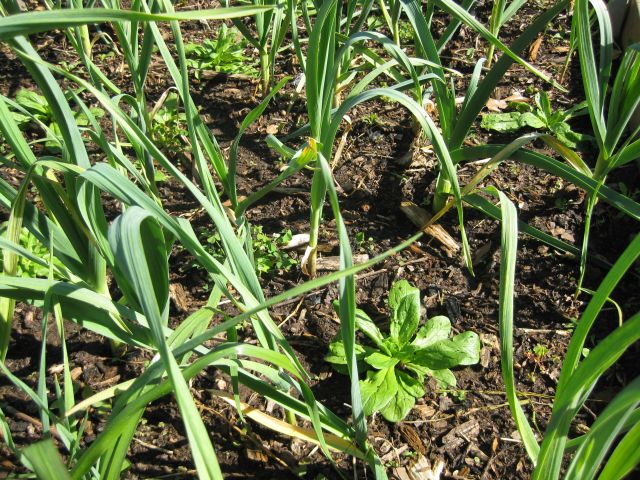

My earliglow strawberries are deliciously sweet, seem invulnerable to diseases and pests and are now in their 4th year in the same spot, which defies conventional wisdom. To extend the picking season I purchased and installed last year an everbearing strawberry variety which survived the winter without any cover and is beginning to spread.
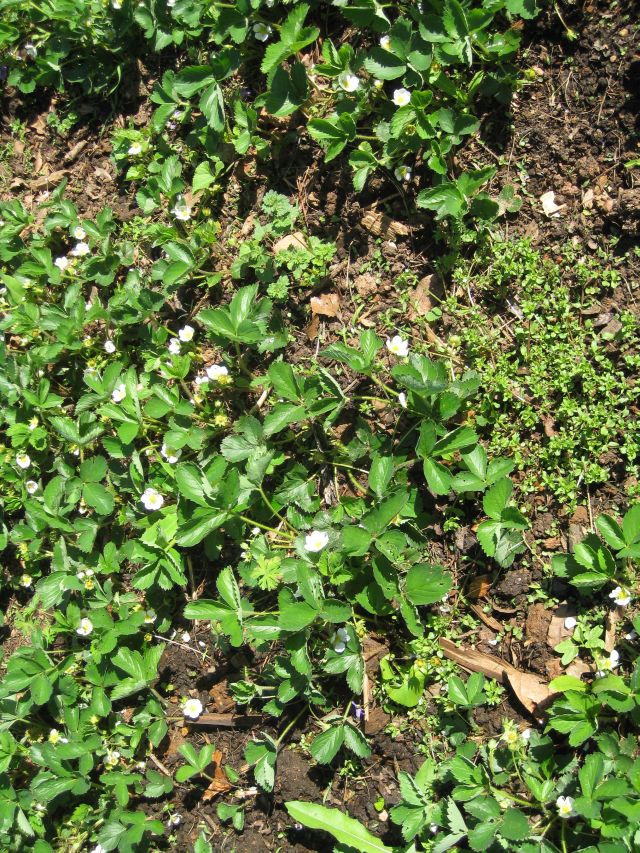
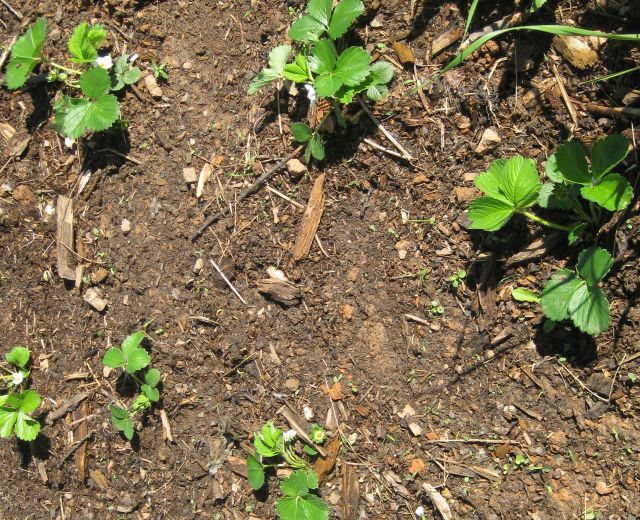
The 4 year old muscadines I uprooted and transplanted are coming to life (whew!) and the bees are very active. I really would like to split the hive but no mated queen bees are available for purchase and, unless I do it soon, they will swarm.
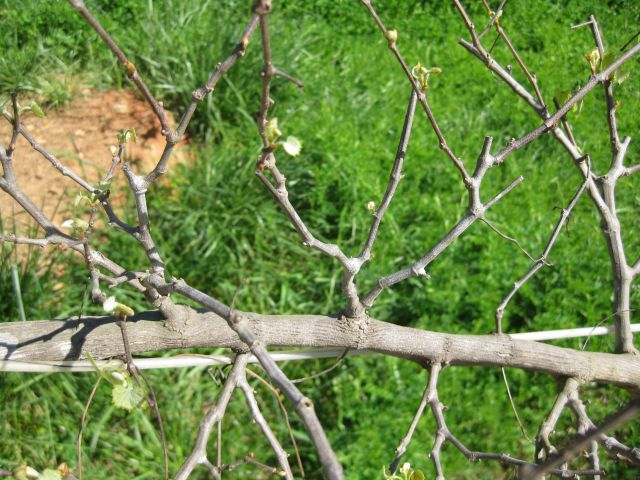
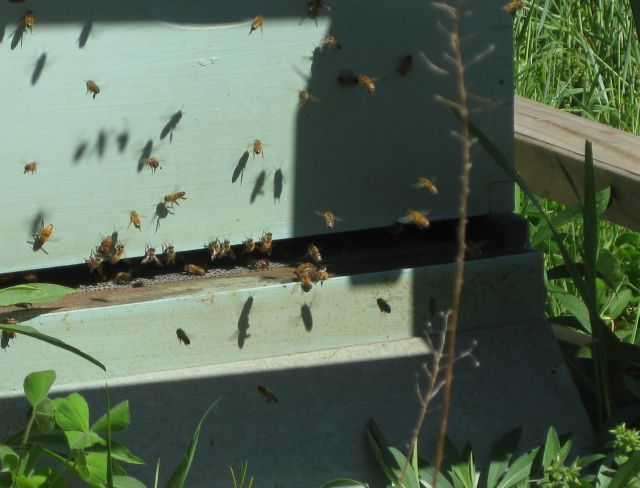
Finally, my first asparagus has emerged and a potato shoot has appeared at the bottom of the trench. When the other potato plants emerge I will begin the process of covering them with soil as they grow higher, until eventually they will flower atop a soil mound.
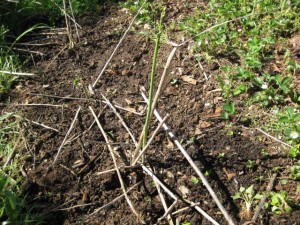
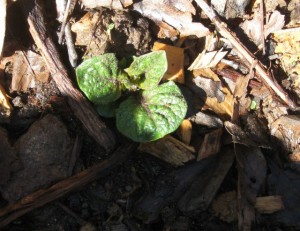

I really would like to split the hive but no mated queen bees are available for purchase and, unless I do it soon, they will swarm.
Swarming and a split without a queen: A walk away split. You take a frame of eggs, two frames of emerging brood and two frames of pollen and honey and put them in a 5 frame nuc, shake in some extra nurse bees (making sure you don’t get the queen), put the lid on and walk away. Come back in four weeks and see if the queen is laying.
I really like Michael Bush’s site. It reflects years of experience, is easy to read, and, most importantly for me, is treatment free.
Regards,
Mike
Great link – thank you. I have been thinking about that route and actually had correspondence with the author of a recent article in the American Bee Journal, who approved the technique and gave me some additional pointers. And then yesterday the local bee expert (he is a professional with 500 hives) emailed me that he will have a mated queen for me next week. So I am hoping in the near future to install a queen which, if successful, will save the time raising a queen and the uncertainty about whether a newly raised queen will return safely to the hive after her mating excursions.
I have mentioned previously I do not use treatments. At a recent workshop where several hives were opened, they all had various treatments (formic acid – ugh!) and none looked as healthy as my colony.
Richard